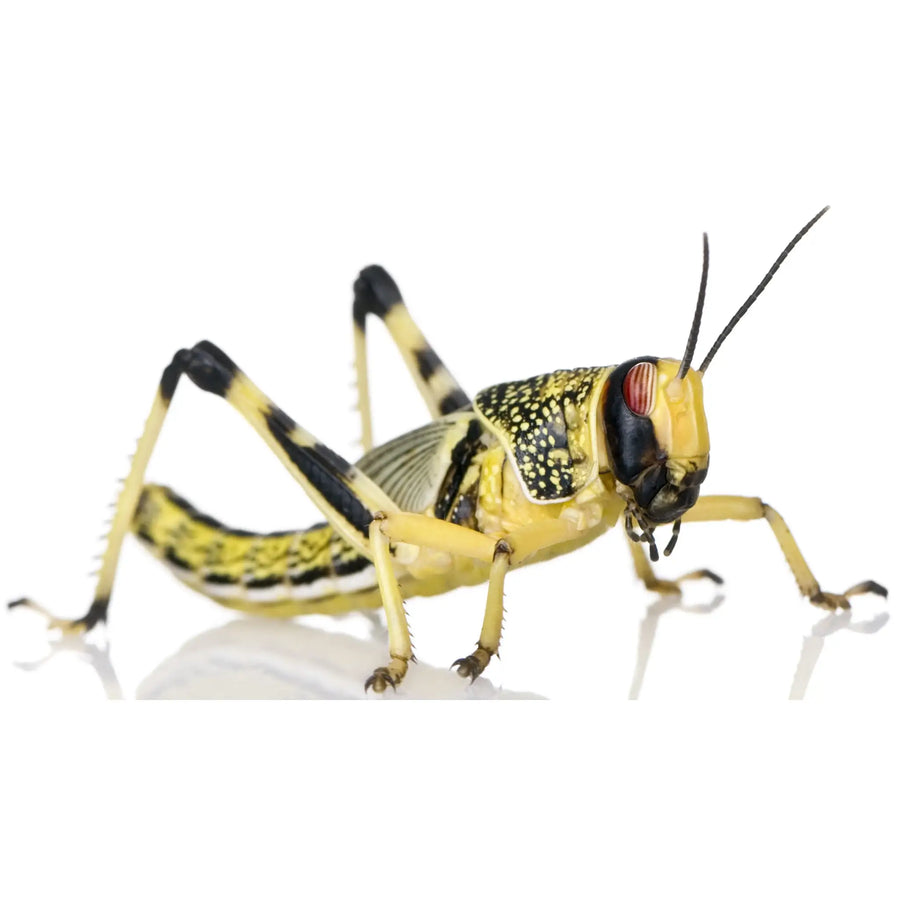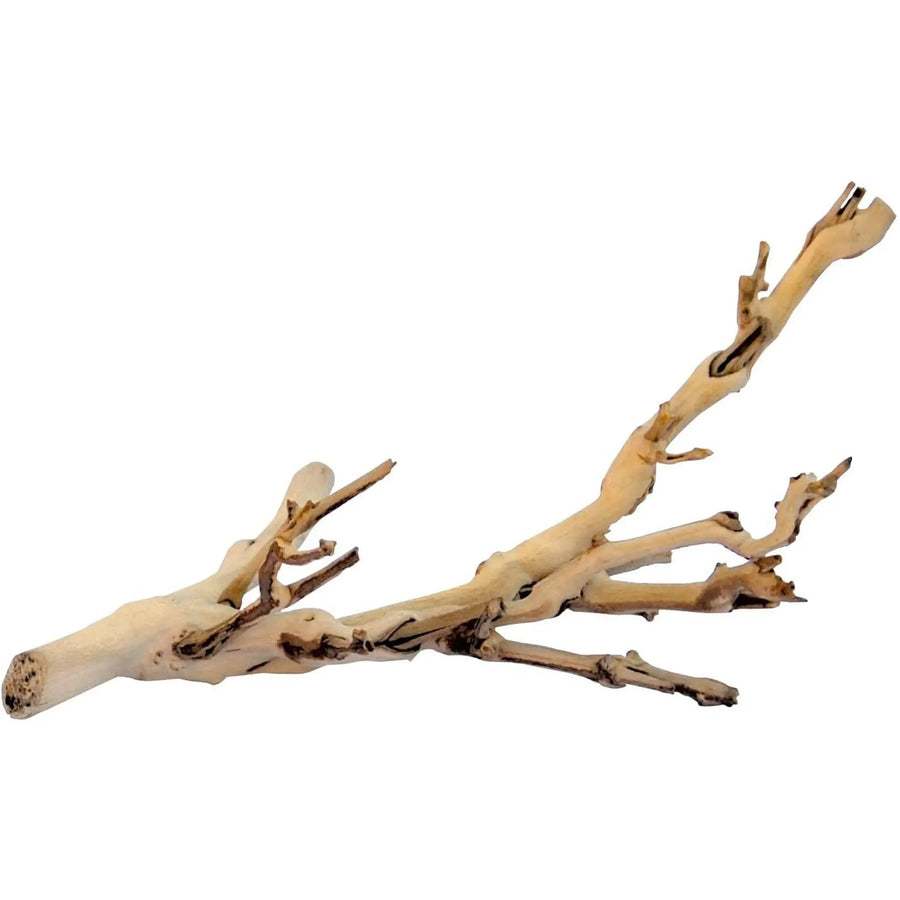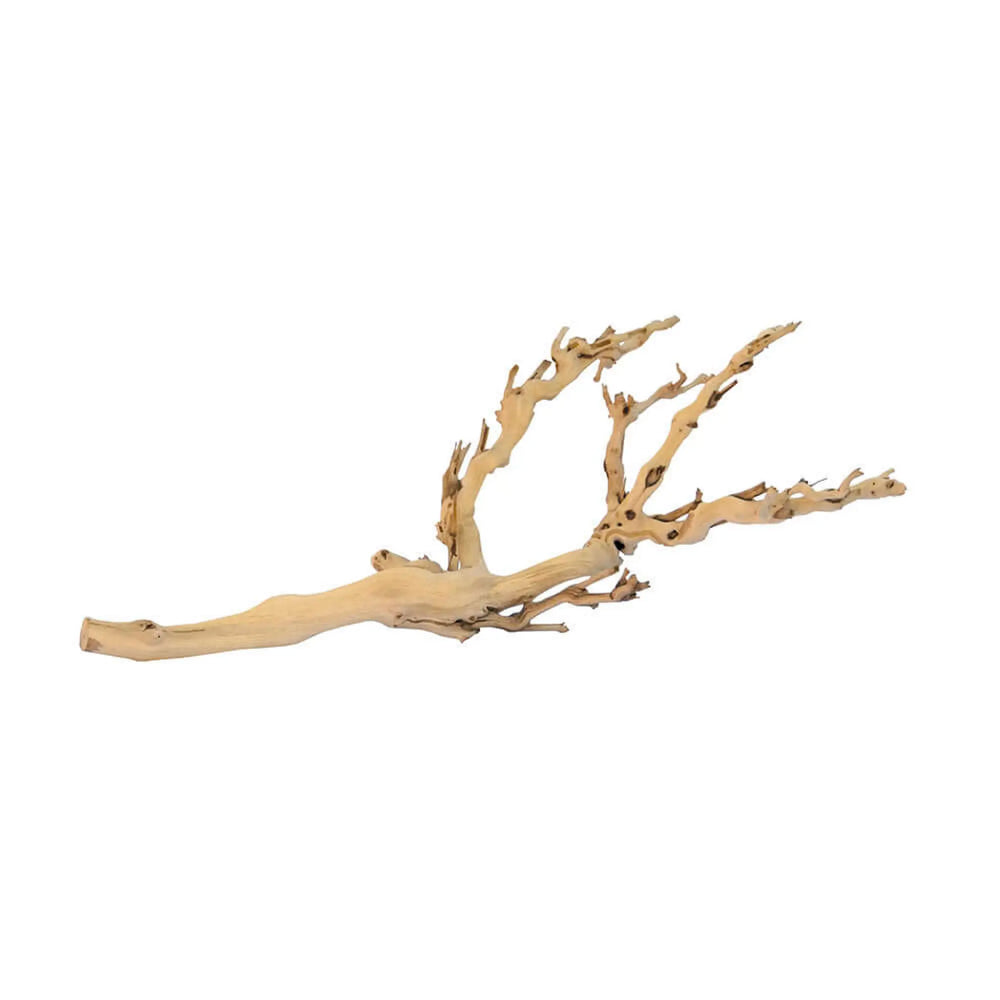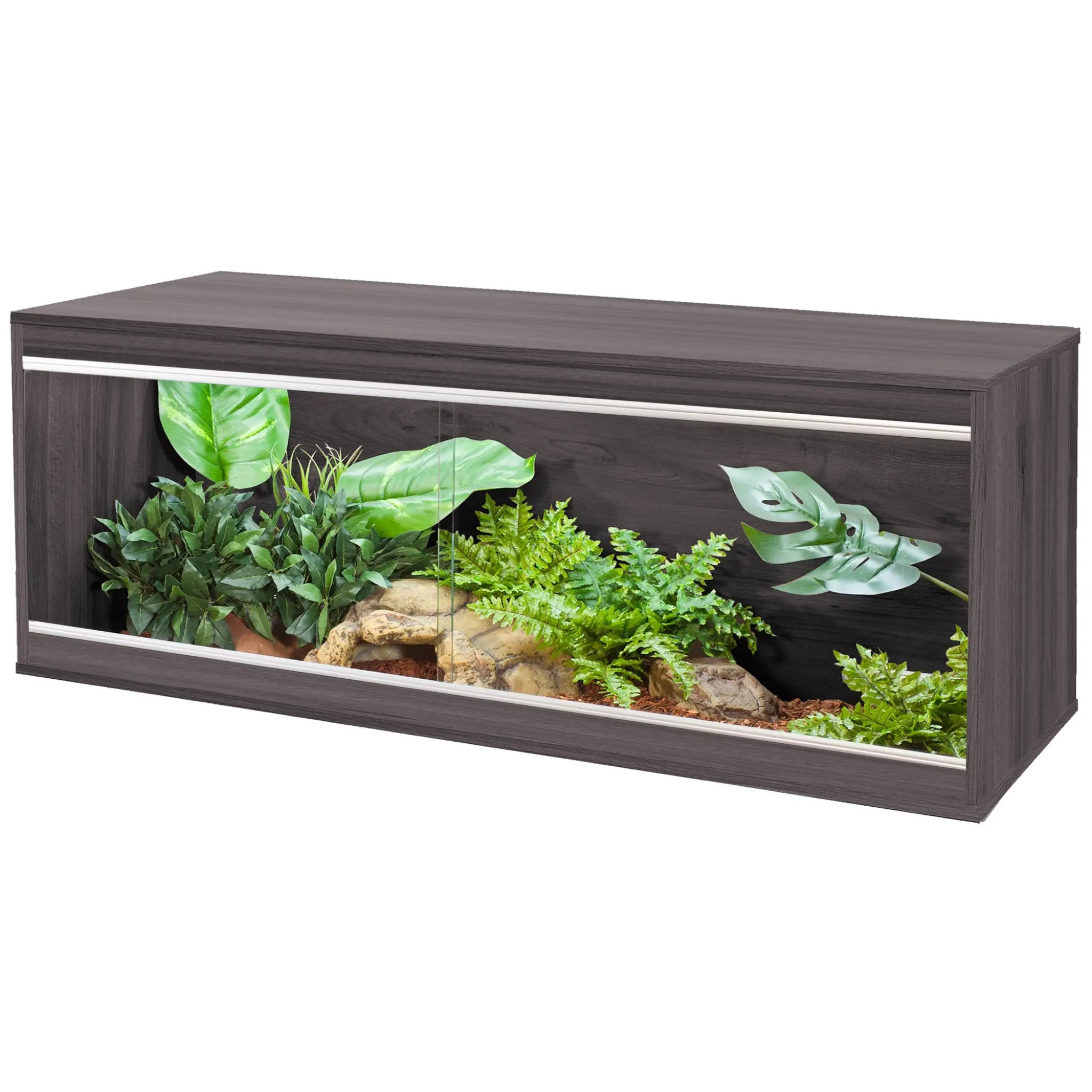
What Reptiles Make Good Pets: 6 Top Choices for Beginners
by Luke Tansley on in Amphibians Bearded Dragons Chameleons Geckos Guides Lizards Snakes Tortoises Turtles & Terrapins
Looking for a new pet that's low-maintenance yet fascinating? Reptiles can be a great choice, offering a unique experience compared to traditional pets like cats or dogs. Certain reptiles, like the bearded dragon, leopard gecko and corn snake, are particularly well-suited for beginners due to their easy care requirements and friendly demeanour. Their varied appearances and behaviours provide endless opportunities for learning and enjoyment.
One of the best things about keeping reptiles is their diverse types and characteristics. From the gentle and sociable nature of the bearded dragon to the striking patterns of the leopard gecko, there's a reptile to match almost every preference. Many reptiles thrive in smaller spaces, making them perfect for those living in apartments or homes with limited room.
With proper care, reptiles often have fewer health problems compared to other pets and can be less demanding daily. If you're interested in a pet that's both intriguing and relatively simple to care for, consider adding a reptile to your household.
Choosing the Right Reptile as a Pet
Selecting the best reptile for your home depends on several factors, including their species, size, temperament, and care needs. Beginner-friendly reptiles are often ideal due to their docile nature and straightforward maintenance requirements.
6 Factors to Consider
- Species: Research different species to understand their unique characteristics and needs. Some reptiles grow large, while others remain small. For instance, leopard geckos and ball pythons are often recommended for beginners.
- Size: Smaller reptiles are generally easier to house and manage. Turtles and tortoises like Hermann’s and Horsfield’s tortoises, are compact, making them suitable for most living spaces.
- Hardiness: Hardy reptiles are more resilient to changes in their environment and minor mistakes in care. Bearded dragons are known for their hardy nature, requiring less specialised knowledge to keep them healthy.
- Maintenance: Pay attention to the care requirements, including diet, habitat and cleanliness. Some species need specific humidity levels or temperatures. Turtles, for example, require both land and water environments.
- Cost: The initial purchase price, habitat setup and ongoing care costs vary widely. Consider the level of care requirements for your desired species, as reptiles with lower care requirements need a lot less to set up and keep.
- Lifespan: Consider the potential lifespan of your chosen reptile. Tortoises, for example, can live for decades, which means a long-term commitment.
6 Popular Pet Reptile Species
When choosing a pet reptile, it's essential to consider their size, behaviour and care needs. Here are profiles of some popular species that can make great pets.
1. Leopard Geckos

Leopard geckos are a favourite among reptile enthusiasts. They grow to about 7-11 inches long and are relatively easy to care for. They require special lighting (heat and UVB) and thrive in simple enclosures.
Leopard geckos are known as a very peaceful pet. They make a good choice for beginners or those looking for a low-maintenance pet. Being crepuscular, they are most active during the evening and night.
Their diet mainly consists of insects like crickets and locusts. For treats, you can feed them mealworms, roaches and waxworms. Ensuring a proper diet and regular cleaning of their enclosure will help keep them healthy. Leopard geckos also don’t require much handling but often tolerate it well.
2. Corn Snakes

Corn snakes are one of the most popular pet snakes for beginners. They typically grow to about 4-6 feet in length and are known for their striking patterns and colours. Their calm temperament makes them easy to handle.
They require a secure enclosure as they are adept at escaping. The enclosure should have a warm side and a cooler side to allow for thermoregulation. A corn snake thrives on a diet of appropriately sized rodents, which are usually fed every 7-10 days.
Corn snakes are also hardy and can live up to 20 years with proper care. They require minimal care and are less likely to suffer from stress compared to other reptiles, making them a good reptile pet choice for many.
3. Crested Geckos

Crested geckos are arboreal lizards whose natural habitat is New Caledonia. They are known for their sticky toe pads which allow them to climb smooth surfaces. They typically grow to about 7-9 inches, including their tail.
Crested geckos are nocturnal and require special UVB lighting, which makes their care similar to other reptiles. They thrive in vertical enclosures with plenty of climbing opportunities and hiding spots.
Their diet can include commercially available crested gecko diet powders, which are mixed with water and supplemented with regular feeding of live insects like crickets. A crested gecko is generally docile and can be handled carefully, making it a great pet for those who prefer a hands-on approach.
4. Bearded Dragons

Bearded dragons are a great choice of exotic pets for beginners, as they are passive creatures with an easy care routine. What’s more, they can live up to 10 years, making them fantastic companion animals.
In terms of a setup for bearded dragons, they require UVB, heating and an enclosure that’s at least 4 x 4 x 2 feet big. This is because they can grow up to 24 inches. Lastly, they can be handled, but they are most happy basking under a heating lamp.
5. Russian Tortoises

One of the best tortoise pets is the Horsfield’s or Russian tortoise. This is because they are relatively small with a hardy character and a long lifespan. They require a 4 foot vivarium or a 3 foot tortoise table to live in, along with heating and UVB lighting.
They’re great for beginners and young kids, as they explore the outdoors and meander across your garden. Horsfield’s tortoises are also gentle creatures and love to munch on vegetation, leafy greens and fibrous plants.
6. Ball Pythons

Ball pythons or royal pythons, are popular pet snakes due to their calm demeanour, easy care requirements and manageable size. They are not challenging to handle and are very passive creatures, meaning they don’t need a lot of maintenance.
For a ball python enclosure, a 4 x 2 x 2 feet is the regular size they require, as well as ceramic heating and UVB lighting. Temperatures of 29-31ºC should do the trick, as this is the temperature they naturally enjoy.
Housing and Habitat Requirements
Creating a proper habitat for your reptile is essential for its health and well-being. The key points to consider are terrarium size and design, temperature and humidity control and suitable substrate and decorations.
Enclosure Size and Design
The size of the enclosure is crucial. Small lizards like geckos need less space, but species like iguanas require larger enclosures.
Terrariums or paludariums often serve well, but make sure to get one that fits your pet reptiles' needs. For arboreal reptiles, include vertical space and branches for climbing. Most terrestrial reptiles, such as lizards and snakes need more floor space, heating and insulation, so viviariums would work best for them.
Aim for a comfortable, escape-proof enclosure. Ventilation is important to prevent mould and ensure fresh air.
Temperature and Humidity Control
Reptiles are ectothermic, so they need an external heat source to regulate their body temperature. A basking area with a heat source is vital.
Depending on the species, a UVB light might be necessary to promote healthy bone growth. Use thermometers and hygrometers to monitor and maintain consistent temperature and humidity levels.
Too much or too little of either can harm your reptile. Create a temperature gradient in the enclosure with a warm basking spot and cooler areas.
Substrate and Decorations
The substrate at the bottom of the enclosure affects comfort and health. Common choices include bark chips, sand mixes and soil. At Reptile Centre, we typically pick the bedding based on the humidity and husbandry requirements of the species.
Decorations such as hides, rocks and branches provide enrichment and mimic the natural habitat. They also help with shedding and exercise.
Regularly clean and replace substrate and decorations to maintain a healthy habitat. Keep an eye out for mould, bacteria growth or droppings.
Feeding and Diet
Providing a balanced diet is crucial for the health and happiness of your reptile. Reptiles have varying dietary needs based on their species. For example:
- Carnivorous reptiles like snakes primarily eat meat. You can feed them frozen-thawed mice and sometimes birds.
- Omnivorous reptiles, such as bearded dragons, require a mix of insects, vegetables and some fruits.
- Herbivorous reptiles, including tortoises and iguanas, thrive on a plant-based diet of leafy greens, flowers and grasses. Adding a multivitamin and mineral supplement a few times a week ensures they receive nutrients like calcium and vitamin D3.
Reptile Behaviour and Handling
When choosing a reptile pet, your main considerations should be the behaviour and handling requirements of each species. Some reptiles are naturally more friendly and calm, while others may be shy and require more patience.
Socialisation and Temperament
The temperament of a reptile can vary widely between species. Bearded dragons are notable for their calm and social nature. They often enjoy being handled and can even be seen lounging on their owner’s shoulder or lap. Leopard geckos, with their friendly and laid-back disposition, are excellent choices for beginners.
Conversely, some reptiles like water dragons can be more reserved or shy. While these reptiles can become more outgoing with consistent handling, initially they may need a period of adjustment. It’s important to understand the natural behaviours of your pet to create a comfortable environment for them.
Handling Techniques
Handling your reptile correctly is crucial for their well-being and your safety. Start with short handling sessions and gradually increase the duration as your pet becomes more comfortable. For calm species like rosy boas, lifting them gently from underneath supports their body and reduces stress.
Always wash your hands before and after handling your reptile to prevent the spread of germs. Avoid sudden movements which can startle them, and never grab your pet from above as this can trigger a defensive response. For more active reptiles, creating a routine handling schedule can help them adjust and become more relaxed over time.
























